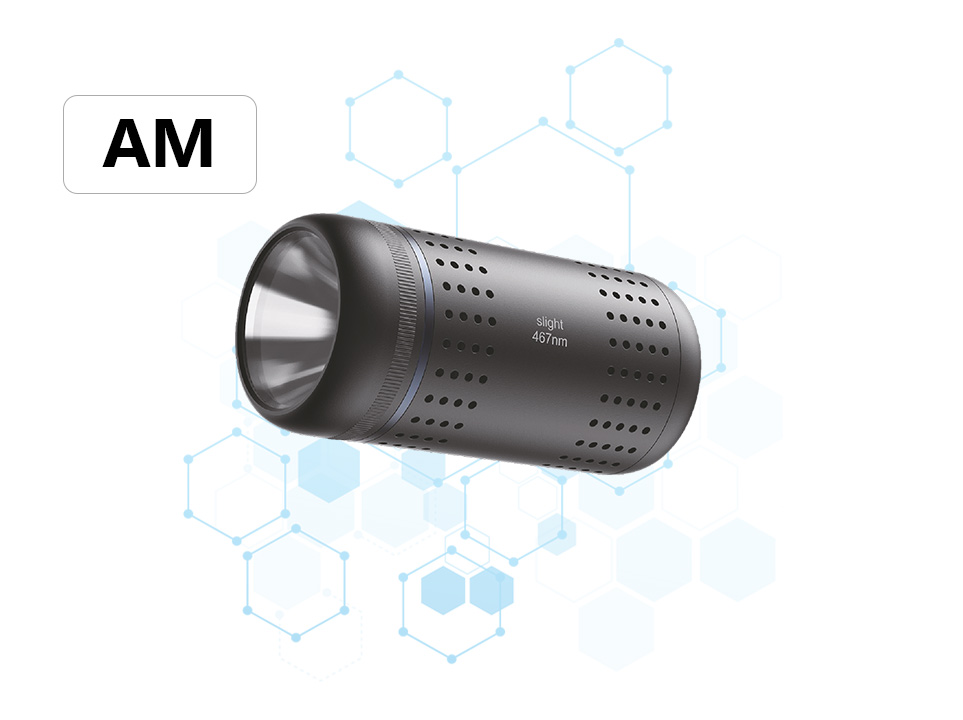An Analysis of the Characteristics of Air-Cooling Temperature Control in Parallel Light Reactors
Abstract:
Parallel light reactors are crucial instruments in modern synthetic chemistry research, particularly for reactions requiring strict temperature control, anhydrous and anaerobic conditions, and high gas tightness. Among the various temperature control methods, air-cooling stands out due to its simplicity and directness. This paper delves into the characteristics of air-cooling temperature control in parallel light reactors, examining its working principles, advantages, limitations, and potential improvements. By analyzing these aspects, we aim to provide insights into the optimal use and further development of this temperature control method.
1. Introduction
Parallel light reactors are designed for parallel synthesis reactions under various temperature conditions, offering convenience, efficiency, repeatability, and scientific rigor. Temperature control is a pivotal aspect of these reactors, as it directly impacts the reaction rate, yield, and selectivity. Traditionally, temperature control in parallel light reactors has relied on methods such as air-cooling, water-cooling, and more advanced systems like semiconductor refrigeration. This paper focuses specifically on air-cooling, exploring its unique features and implications.
2. Working Principle of Air-Cooling Temperature Control
Air-cooling temperature control in parallel light reactors primarily relies on the exchange of air inside and outside the reactor to achieve heat dissipation. This method typically involves the installation of fans within the reactor system, which blow air across the heating elements or reaction chambers to dissipate heat. The speed of the fans can be adjusted based on temperature monitoring to maintain the desired internal temperature environment.
3. Characteristics of Air-Cooling Temperature Control
3.1 Advantages
Simplicity and Cost-Effectiveness: Air-cooling does not require complex cooling systems or expensive refrigerants, making it a cost-effective solution.
Direct Cooling Effect: By directly blowing air across the heating elements, air-cooling can quickly reduce temperatures, providing a rapid response to temperature fluctuations.
Maintenance-Free: Unlike water-cooling systems, air-cooling does not involve the circulation of coolant, reducing the risk of leaks or maintenance issues.
3.2 Limitations
Susceptibility to External Environment: Air-cooling is highly sensitive to external ambient temperatures. In extreme heat, the cooling effect may be compromised, making it difficult to maintain the desired internal temperature range.
Noise: The operation of fans can generate noise, which may be a concern in laboratory environments requiring quiet conditions.
Limited Cooling Capacity: Compared to more advanced cooling systems, air-cooling may have limited cooling capacity, particularly for reactors generating significant heat.
4. Potential Improvements and Applications
To overcome the limitations of air-cooling, several improvements can be considered:
Enhanced Fan Design: Developing more efficient and quieter fans can improve the cooling effect while reducing noise.
Combination with Other Cooling Methods: Combining air-cooling with other methods, such as semiconductor refrigeration or heat pipes, can enhance overall cooling capacity and stability.
Environmental Control: In laboratories with significant temperature fluctuations, additional environmental control measures, such as air conditioning or heated enclosures, can be implemented to stabilize the ambient temperature and improve the effectiveness of air-cooling.
Despite its limitations, air-cooling temperature control remains a viable option for parallel light reactors due to its simplicity, cost-effectiveness, and direct cooling effect. Its application can be optimized through design improvements and the integration of additional cooling technologies.
5. Conclusion
Air-cooling temperature control in parallel light reactors offers a straightforward and cost-effective solution for maintaining reaction temperatures. While it has limitations, particularly in terms of susceptibility to external temperatures and cooling capacity, these can be mitigated through design enhancements and the combination of other cooling methods.





